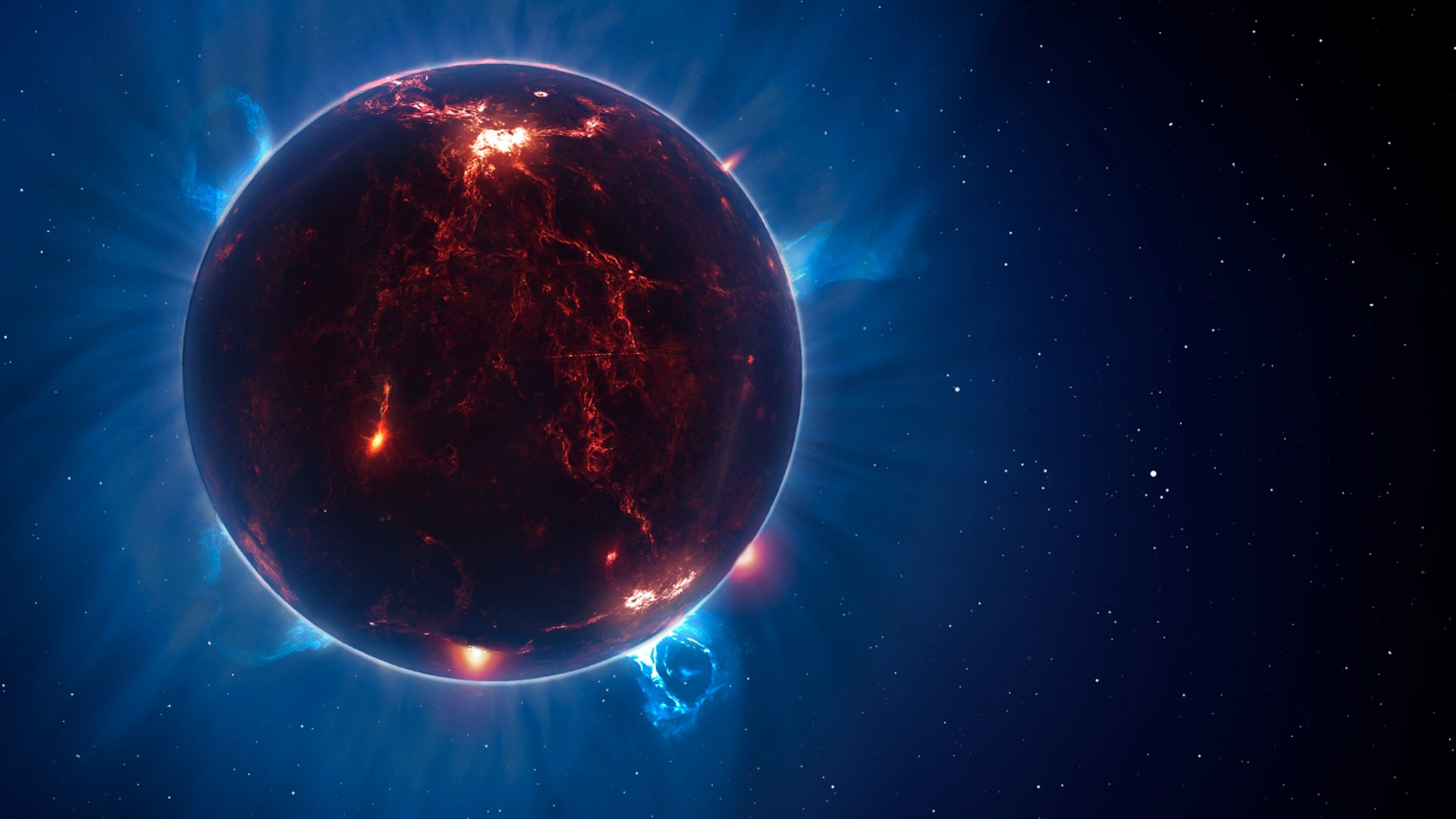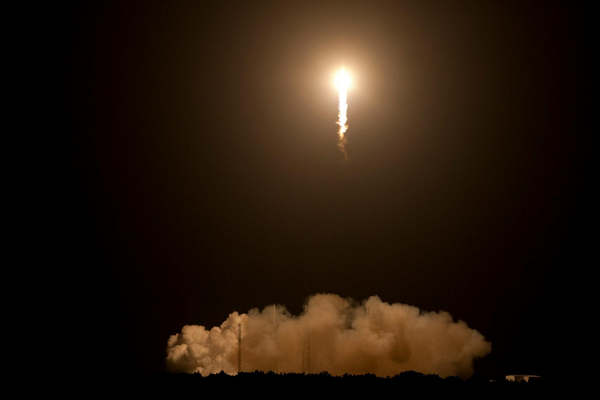
The moon may have received a volcanic facelift, making it more than 100 million years older than rocks collected from its surface might suggest, a new study finds.
There are a number of reasons to suspect the moon is older. For instance, there are rare lunar zircon minerals that suggest the moon was born about 4.5 billion years ago. In addition, many scientists who have created simulations of planetary formation suggest that a collision huge enough to create the moon was unlikely to happen a quarter-billion years after the origin of the solar system. Although giant cosmic impacts were common in the solar system's earliest days, the orbital dynamics models suggest that most of the massive rocks behind such titanic clashes were swept up into larger bodies by about 4.4 billion years ago.
Now, a new study suggests a possible explanation for this discrepancy — the lunar surface "remelted" 4.35 billion years ago. This would have reset the age of lunar rocks, masking the moon's true age.
Much about the origin of the moon remains shrouded in mystery. Previous research suggested it formed between a collision between the newborn Earth and a Mars-size rock dubbed Theia, the last giant impact in Earth's history. However, when exactly this clash took place remains uncertain.
To estimate the moon's age, previously geochemists examined lunar samples collected by the Apollo missions and other means. These rocks likely crystallized from the magma ocean that covered the moon after that final giant impact. The analyses suggested the moon is about 4.35 billion years old, which is a relatively young age. In comparison, the solar system began forming about 4.6 billion years ago, or about 250 million years earlier.
"You can't necessarily use the ages recorded by rocks to tell when the moon formed," study lead author Francis Nimmo, a planetary scientist at the University of California Santa Cruz, told Space.com.
The cause of this remelting is the same kind of tidal effects that cause our planet's seas to rise and fall. Just as the moon's gravity tugs on Earth, so too does Earth's gravity pull on the moon.
When the moon was first born, it orbited Earth far more closely than it does now, and Earth's tidal effects on the moon were far stronger than they are today. The new study suggests the forces that Earth exerted on the moon would have led to widespread upheaval and intense heating. This remelting could help explain why there are fewer lunar basins from early impacts than might be expected — these impact basins would have been erased.

"We're not really upending conventional wisdom so much as reconciling dueling hypotheses," Nimmo said. "The dynamicists want an 'old' moon and the geochemists want a 'young' moon. Our suggestion can satisfy both."
The researchers noted that Jupiter's moon Io, the most volcanically active body in the solar system, experiences tidal forces similar to what the moon might have early in its history, constantly reshaping its surface. "It demonstrates how interconnected planetary science can be," Nimmo said.
All in all, the research team's computer models suggest the moon "formed about 80 million years after the start of the solar system," Nimmo said.
The new study makes predictions that future research could test with lunar rocks acquired by China's upcoming Chang'e 6 mission to the far side of the moon. "A further lunar sample return would be very helpful," Nimmo said.
The scientists now plan more complex and realistic simulations to pinpoint the effects of tidal heating on the moon's geology. They detailed their findings online Dec. 18 in the journal Nature.







